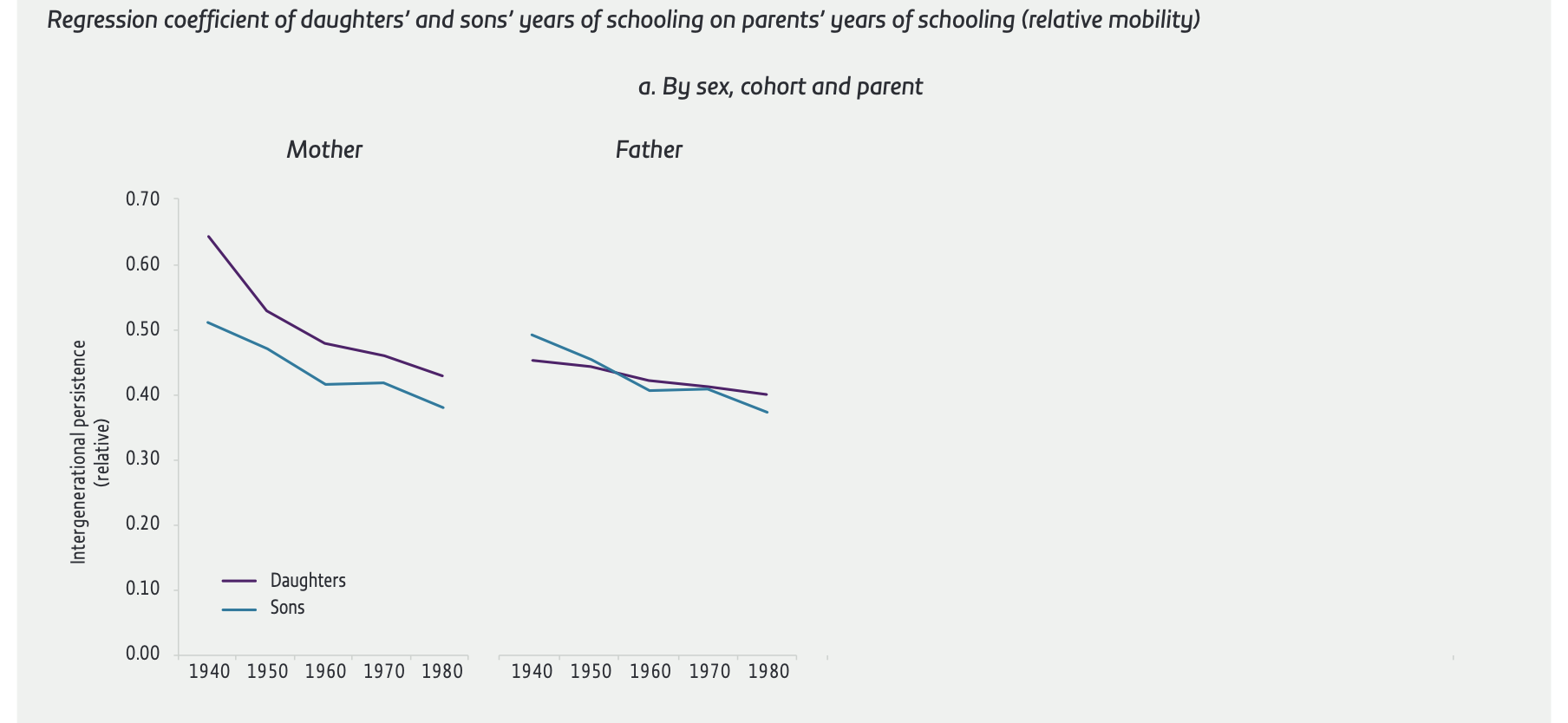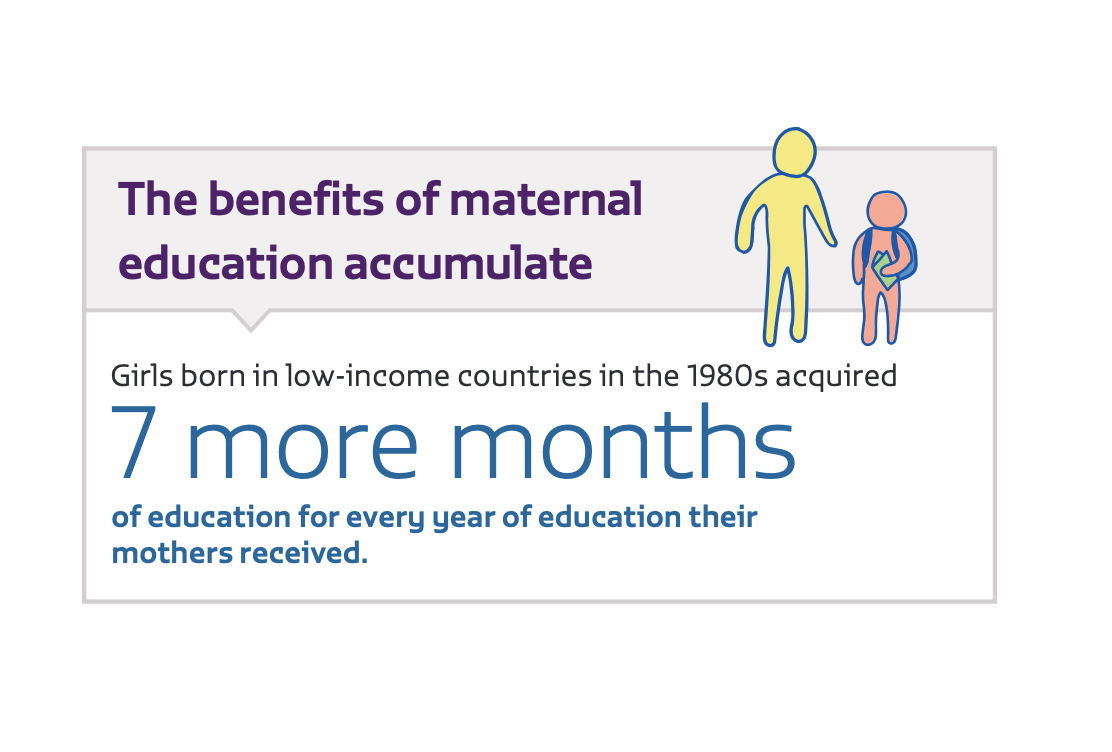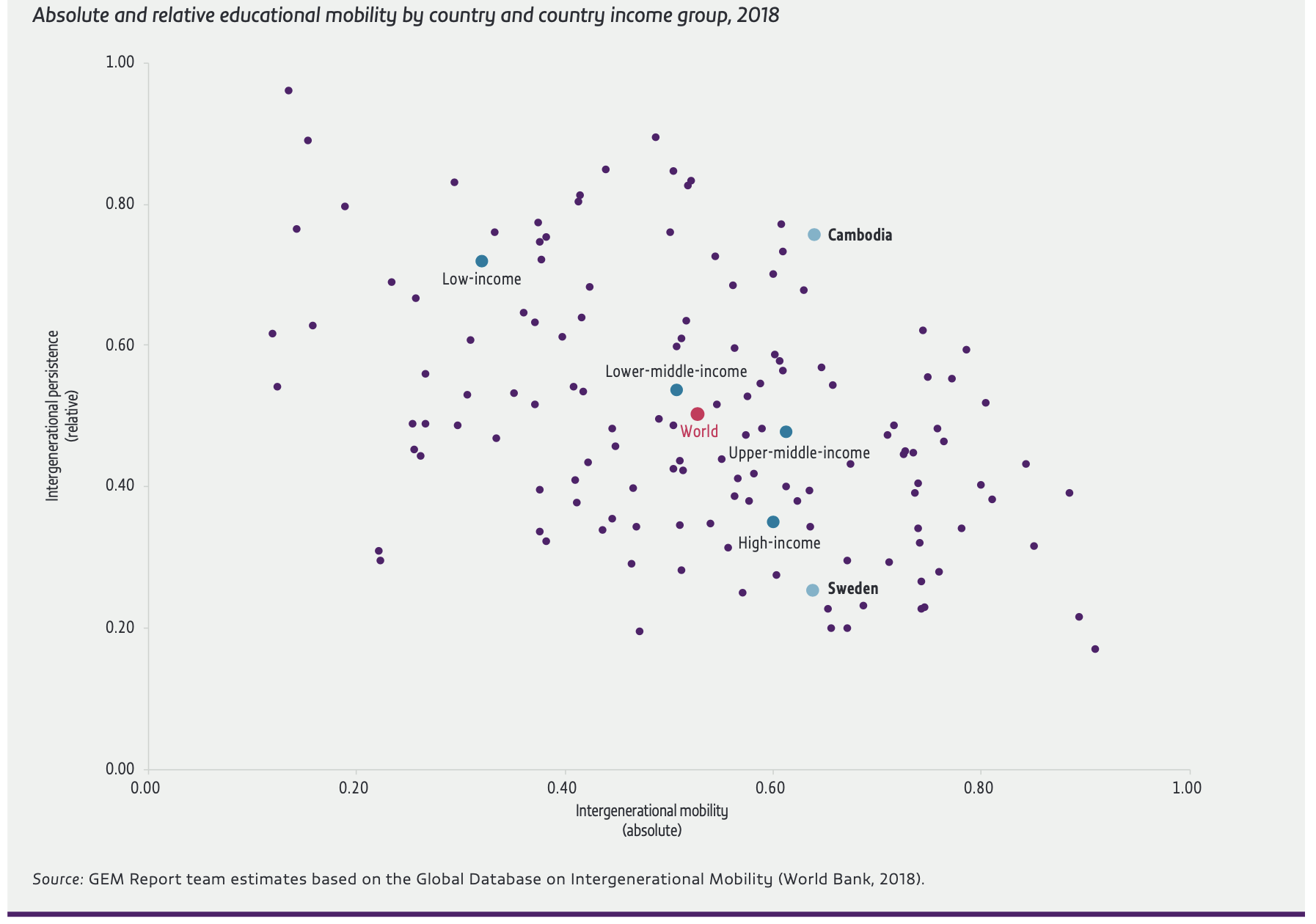The cycle of intergenerational transmission of education inequality can be broken
2020 Gender Report
Credit: Louis Leeson / Save the Children
Education has helped me survive living in poverty. Thanks to my mother’s efforts I managed to pursue a different career and apply for a position as a teacher in my nation of Guatemala. As a professional, I helped my siblings to become professionals as well.Lidia, Guatemala
Inequality is reproduced across generations. There is a high probability of poor parents passing their disadvantage on to their children, undermining the children’s health, nutrition and education prospects. But inequality arising from intergenerational transmission of income, education, social relations, personality traits and genetic attributes can be influenced by policies on education, care, health, immigration and other social issues. Policies can limit the extent to which inherited advantage or disadvantage determines socio-economic status (D’Addio, 2007; OECD, 2008).
Parents pass along not only genes but also human capital (e.g. knowledge and health), cultural capital (e.g. skills and awareness that help shape social status and expectations), social capital (e.g. networks that facilitate cooperation) and financial capital. They do this through direct endowment (of traits, abilities, attitudes, connections, etc.) and investment linking the generations’ income and well-being. In particular, parents can transfer financial assets and invest in children’s human capital. Education mediates the influence of many other factors and is a major channel for intergenerational transmission of socio-economic status (Narayan et al., 2018). Increased education mobility is associated with income growth and greater equality of opportunities (Torche, 2019). Poor families’ financial constraints on investment in their children, by contrast, are a key factor in transmission of disadvantage.
A variety of data and methods can be used to assess the education relationship between generations. One approach is to look at the share of children who have higher education levels than their parents, a measure known as absolute or intergenerational mobility. Analysis for this report of the World Bank’s Global Database on Intergenerational Mobility shows that, internationally, the gender gap in this measure decreased for each 10-year cohort born from the 1940s to the 1980s. A slightly higher percentage of daughters (52%) than sons (51%) experienced absolute mobility in the 1980s cohort. This change occurred first in high-income countries for the 1960s cohort and in upper-middle-income countries for the 1970s cohort. It has yet to occur in low- and lower-middle-income countries, although the gap is closing in the latter (Figure 12)
Figure 12: Absolute education mobility has been rising but a gender gap remains in low- and lower-middle-income countries

Another approach is to examine the extent to which children’s education depends on their parents’ education, a measure known as relative mobility or intergenerational persistence. Lower values of this coefficient imply lower persistence, which means higher mobility. Globally, relative mobility has been increasing for daughters and sons, but is still lower among daughters in relation to both maternal and paternal education, especially mothers’ years of schooling (Figure 13a).
Focusing on mothers, while there is almost no gender gap in relative mobility among children in high-income countries, such a gap exists in low- and middle-income countries (Figure 13b). The impact of mothers’ schooling on the schooling outcomes of daughters and sons is more robust than that of fathers’ schooling in low- and middle-income countries. In the case of the 1980s cohort, one additional year of maternal education influences girls more than boys: the coefficient of persistence is 0.59 for daughters (equivalent to seven months) and 0.54 for sons in low-income countries, compared with 0.29 for both in high-income countries (equivalent to four months).
Figure 13 a: Relative education mobility has been rising but daughters are less educationally mobile than sons

Figure 13 b: Relative education mobility has been rising but daughters are less educationally mobile than sons

Overall, the relationship between absolute intergenerational mobility and intergenerational persistence is negative (Figure 14). However, there is considerable variation in terms of relative mobility between countries at the same level of absolute mobility. For instance, while 64% of children achieved a level of education higher than their parents in Sweden, Palestine and Cambodia, the levels of relative mobility are among the highest in Sweden and among the lowest in Cambodia, where parental education determines children’s education.
Relative mobility is still lower among daughters in relation to both maternal and paternal education, especially mothers’ years of schooling

This variation suggests there is scope for policy interventions, and several have proved useful in a range of contexts and at different levels. For example, some countries reserve a certain proportion of places in tertiary education for vulnerable groups. Countries that removed user fees for primary education saw a direct effect on schooling, with increased supply of education and improved distribution. The largest gains were reported for the least educated mothers, whose children had the greatest starting disadvantage: the intergenerational correlation of education fell by 12.5% when user fees were lifted (Bhalotra et al., 2014). Another option is to reduce indirect costs for disadvantaged groups through scholarships or cash transfers conditional on school attendance. For example, Progresar, a government cash transfer programme in Argentina, supports poorer and indigenous 18- to 24-year-olds.
Figure 14: Despite a clear relationship between absolute and relative mobility, there is large variation among countries

However, to protect the right to education for all, much more is needed. The rest of this report is dedicated to potential additional measures. The issues such measures are designed to address include early pregnancy, school counselling, teaching and learning materials, women in the education workforce and school-related gender-based violence, which can affect the chances of girls in low- and lower-middle-income countries.

